
07-01-2026 17:29
 Marc Detollenaere
Marc Detollenaere
Dear Forum,On a barkless Populus I found some smal

10-11-2021 17:33
 Riet van Oosten
Riet van Oosten
Add-on topic http://www.ascofrance.com/forum/7059

07-01-2026 10:24
 Danny Newman
Danny Newman
Pezicula sp. on indet. hardwood Appalachian Highl

07-01-2026 10:05
 Danny Newman
Danny Newman
cf. Chaetospermum on XylariaCosby Campground, Grea

02-01-2026 17:43
MARICEL PATINOHi there, although I couldn't see the fruitbody, I

04-01-2026 17:45
 Stephen Martin Mifsud
Stephen Martin Mifsud
I was happy to find these orange asmocyetes which

03-01-2026 13:08
Niek SchrierHi all,We found groups of perithecia on a Lecanora
 Hello Forum,
Hello Forum,on 14/02/20 I again collected a collection of Mollisia in a dune forest in Oostduinkerke, Belgium. The asco's grew on the underside of an old, fallen branch of Betula pendula.
I recently studied a collection of Mollisia cinerea that turned out to be Mollisia 'atlantica' nom.prov. A.Gminder.
This time it seems that I'm dealing with 'atlantica' again.
Can anyone confirm this?
° Apothetia measure max 2 mm in diameter.
° Ectal exipulum consists of dark olive-brown to blackish cells. Hymenium mouse gray and discolouring yellow on drying.
° KOH-
° Spores: 9.94 x 2.72 µm (N = 31); free spores 1-septated; spores in the asci 1-septated; a few small oil drops scattered in both halves.
° Some paraphyses club-shaped; most filled with non-refractive oil drops.
° Asci: J +; 62.71x5.11
I feel that 'atlantica', here on the coast anyway, is much more spread out than might be thought.
Many thx in advance.
Willliam

fotos are to small to see the spores.
Can you take pictures of the spores and put them here without reducing them?
Also the paraphyses? The descritpion sounds unlike Mollisia, or like dead material - then a spetation of the asci might also be due to overmaturity.
Can you give me the data of the other collection of Mollisia "atlantica" too, as I'm preparing a paper for publication in near future. And are there microfotos?
all the best,
Andreas


At Koksijde, Belgium 19/01/20 growing on the underside of an old branch half burried in the leaflitter in an old (= grey) dune.
Greets,
William


as Zotto said, the beforelast ascus shows the spore septation in still living ascus. The asci in the othe fotos are dead, but not for long time obviousely, as most of the parapyses are still showing a fully expanded vacuolar body.
My expercience in western France near the costs in spring showed that M. atlantica is the most common species there, growing often on small sized woody substrate, e.g. Ruscus, but also on "normal" wood. I think I have even found it on Miscanthus.
best regards,
Andreas


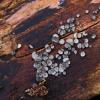
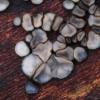
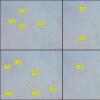
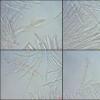
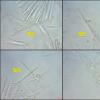
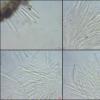
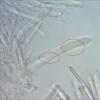
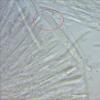
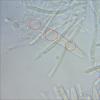
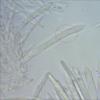
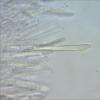
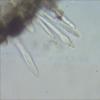
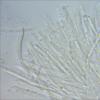
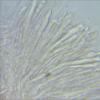
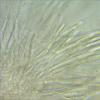
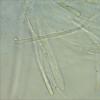
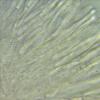
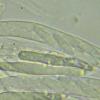
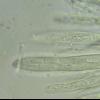
 Mollisia-atlantica-45--0001.jpg
Mollisia-atlantica-45--0001.jpg